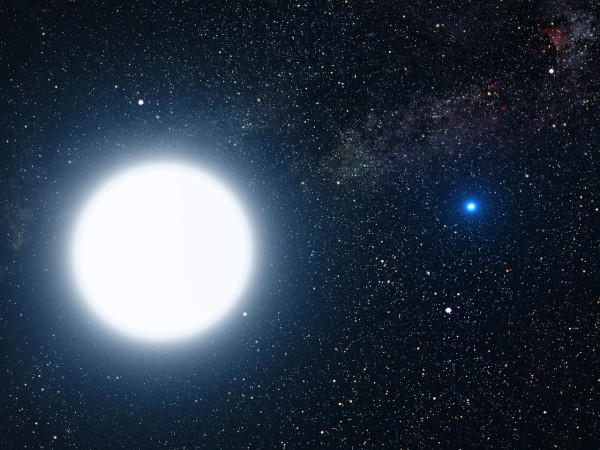“Every time we get slapped down, we can say, ‘Thank you, Mother Nature,’ because it means we’re about to learn something important.” -John Bahcall
And what's possibly more important than learning how the Sun works? For nearly all of human history -- well into the 20th century -- we really didn't know.
Could it have been combustion, like we see on Earth? Or perhaps gravitational contraction, like that which powers white dwarf stars?
No, it turned out to be nuclear fusion. Yet when we built our best models and went to test what we expected to see with what we actually observed, it was the smallest particles that didn't add up: the neutrino. For decades, we kept observing only a third the number we expected.
 Image credit: Michael B. Smy, via http://www.ps.uci.edu/~smy/solar/solarfusion.html.
Image credit: Michael B. Smy, via http://www.ps.uci.edu/~smy/solar/solarfusion.html.
Here's the story of how we solved that mystery, and finally figured out what goes on inside the Sun!


I tried commenting on your Medium post, Ethan, but it wouldn't save. So I'll do so here:
When you write “many, many wild speculations,” I recall reading a John Gribbin book in the 1980s that offered the possibility that the sun’s core reaction was in the process of going out, or had in fact already gone out. The light and energy emitted from the surface would be only gradually starting to decrease, because of the long delay migrating from the core. The idea astonished me, but I realized it was a valid attempt to explain a real observation. You can imagine my relief when the missing two-thirds of the solar neutrinos were detected. The book may have been called The Death of the Sun. Gribbin, while he had a tendency to sensationalize, is a solid writer and a great popularizer of science. One of your role models?
It appears that the image by Michael B. Smy showing how the P-P process creates helium has an error in the nomenclature. The last stage of the process from H3 to H4 shows two protons being kicked out, but the nomenclature identity's these two protons has being deuterium (proton & neutron). Am I missing something?
Please excuse my own nomenclature error, I ment to say H3 to He4.
check out Synthesis of the Elements (1957) Burbidge, et.al.
Thermo Nuclear fusion in the star's crucible.....I'm just learning, but am fascinated...haven't drawn chemical compositions since organic chem back in college - yrs ago...LOL